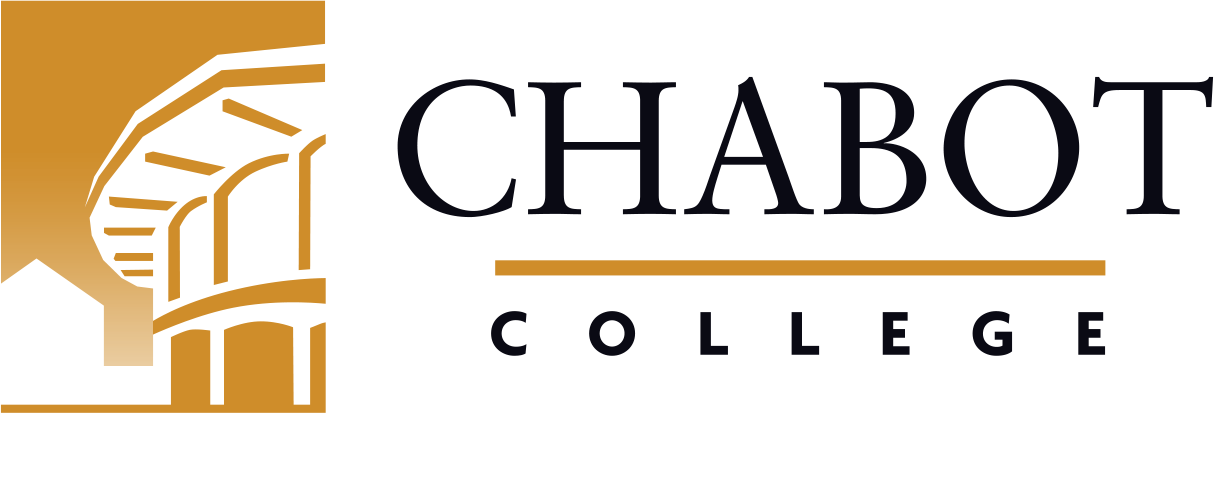
Course Outline for Electronic Systems Technology 51
Fabrication Techniques for Electronic Systems Technology
Effective: Spring 2021
SLO Rev: 04/30/2020
SLO Rev: 04/30/2020
Catalog Description:
ESYS 51 - Fabrication Techniques for Electronic Systems Technology
2.00 Units
Prototype development includes sheet metal, printed circuit board layout and fabrication, connection and soldering techniques, use of hand tools, and machines in electronic fabrication. Use of computer software tools as applied to electronic fabrication.
Strongly Recommended: ESYS 50.
0934.00 - Electronics and Electric Technology*
Letter Grade Only
| Type | Units | Inside of Class Hours | Outside of Class Hours | Total Student Learning Hours |
|---|---|---|---|---|
| Lecture | 1.00 | 18.00 | 36.00 | 54.00 |
| Laboratory | 1.00 | 54.00 | 0.00 | 54.00 |
| Total | 2.00 | 72.00 | 36.00 | 108.00 |
Measurable Objectives:
Upon completion of this course, the student should be able to:
- create basic schematic, assembly, and fabrication drawings using industry-common drawing software;
- identify common operating and safety practices used in industry;
- demonstrate proper soldering technique for wiring and printed circuit assembly;
- demonstrate proper use of hand and power tools on electronic systems;
- assemble and test a prototype electronics project.
Course Content:
Course Content, Lecture
- Shop safety
- What is electrical shock?
- Is voltage or current more lethal?
- Safe vs unsafe electrical exposure
- What is GFCI (ground fault circuit interrupters)?
- Proper handling of capacitors to avoid electrical shock
- Soldering safety
- Lead free solder
- Use of fume hoods for fumes protection
- Use of goggles for eye protection
- Use of ‘third-hand’ for burn protection
- Station equipment safety
- Proper avoidance of ESD (electro-static discharge)
- Proper soldering iron usage
- Proper use of hand tools
- Proper use of heavy tools
- Proper use of electrical tools: drill press, sander, grinder
- Proper use of Dremel Tools
- Sheet metal layout and fabrication
- Use of VISIO software for designing patterns for sheet metal cutting
- Use of sheet metal cutting machines
- Use of sheet metal bending machines
- Use of sheet metal punching and drilling machines
- Printed circuit board fabrication
- Use of EAGLE online software for designing PCBs (printed circuit boards)
- Printed circuit board soldering
- Proper soldering techniques to avoid burning traces off of PCBs
- Proper use of heat-sinking and IC (integrated circuit) chip sockets
- Laser cutter for fabricating containers
- Use of MakerCase software for designing boxes for laser cutting.
- Proper use of Laser Cutting machine
- Semester Projects for Wiring, soldering, crimping and troubleshooting
- Jumbo LED (light emitting diode) Project
- DB-9 terminated 9-wire jumper wire set Project
- 10-LED Sound Flasher Project
- LED Clock Project
- Sound-to-Light Project
- 555 Timer Flashing LED Project with SMT (surface mount technology)
- Atari Punk Console Hard Wire Project
- Lasercut Box for LED Dice Project
- LED Dice Project with many SMT components
Course Content, Laboratory
- Shop safety
- What is electrical shock?
- Is voltage or current more lethal?
- Safe vs unsafe electrical exposure
- What is GFCI (ground fault circuit interrupters)?
- Proper handling of capacitors to avoid electrical shock
- Soldering safety
- Lead free solder
- Use of fume hoods for fumes protection
- Use of goggles for eye protection
- Use of ‘third-hand’ for burn protection
- Station equipment safety
- Proper avoidance of ESD (electro-static discharge)
- Proper soldering iron usage
- Proper use of hand tools
- Proper use of heavy tools
- Proper use of electrical tools: drill press, sander, grinder
- Proper use of Dremel Tools
- Sheet metal layout and fabrication
- Use of VISIO software for designing patterns for sheet metal cutting
- Use of sheet metal cutting machines
- Use of sheet metal bending machines
- Use of sheet metal punching and drilling machines
- Printed circuit board fabrication
- Use of EAGLE online software for designing PCBs (printed circuit boards)
- Printed circuit board soldering
- Proper soldering techniques to avoid burning traces off of PCBs
- Proper use of heat-sinking and IC (integrated circuit) chip sockets
- Laser cutter for fabricating containers
- Use of MakerCase software for designing boxes for laser cutting.
- Proper use of Laser Cutting machine
- Semester Projects for Wiring, soldering, crimping and troubleshooting
- Jumbo LED (light emitting diode) Project
- DB-9 terminated 9-wire jumper wire set Project
- 10-LED Sound Flasher Project
- LED Clock Project
- Sound-to-Light Project
- 555 Timer Flashing LED Project with SMT (surface mount technology)
- Atari Punk Console Hard Wire Project
- Lasercut Box for LED Dice Project
- LED Dice Project with many SMT components
Methods of Instruction:
- Lecture/Discussion
- Laboratory
- Demonstration/Exercise
- Distance Education
- Online learning objects
Assignments and Methods of Evaluating Student Progress:
- Solder components to a printed circuit board and assemble the board and supporting components into the chassis.
- Test and document the performance of the finished prototype.
- Exams/Tests
- Papers
- Class Participation
- Lab Activities
- Midterm Examination
- Final Examination
Upon the completion of this course, the student should be able to:
- document the construction and assembly of an electronic system;
- use standard tools to perform soldering, assembly, and fabrication tasks on electronic assemblies and systems.
Textbooks (Typical):
- Geier, M. (2016). How to Diagnose and Fix Everything Electronic (2nd). McGraw Hill Education.
- Safety glasses
Abbreviated Class Schedule Description:
Prototype development includes sheet metal, printed circuit board layout and fabrication, connection and soldering techniques, use of hand tools, and machines in electronic fabrication. Use of computer software tools as applied to electronic fabrication.
Strongly Recommended: ESYS 50.